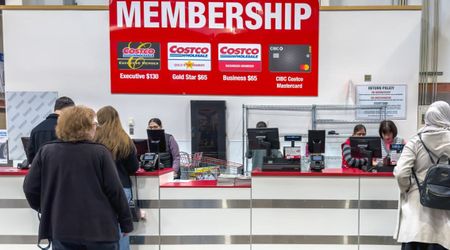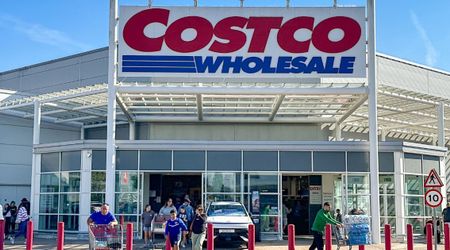Wendy's Takes a Page From Uber's Playbook: Surge Pricing Now on Your Favorite Fast Food

In the world of fast food, Wendy's has thrown its hat into the ring with a bold new strategy: surge pricing. Yes, you read that right. Wendy’s, the beloved purveyor of square-shaped burgers and frosty treats, has been planning to implement this model during peak hours, mirroring the dynamic pricing strategies used by renowned rideshare companies such as Uber and Lyft.
View this post on Instagram
This seismic shift in pricing strategy came after Wendy’s CEO and president, Kirk Tanner's announcement during the company’s recent earnings call. "We are planning to invest approximately $20 million to roll out digital menu boards to all U.S. company-operated restaurants by the end of 2025," he said.
These digital displays will serve as the foundation for the fast-food chain's foray into dynamic pricing, allowing prices to fluctuate in real-time based on factors such as demand, competitor pricing, and time of day.

For the uninitiated, dynamic pricing is a concept familiar to users of various industries, from hospitality to retail. It empowers businesses to adjust prices dynamically, leveraging algorithms to optimize revenue in response to changing market conditions. In Wendy’s case, it means that your favorite Baconator could see its price vary throughout the day, rising during busy lunch rushes and dropping during slower periods.
But why the sudden shift to surge pricing, and what does it mean for Wendy’s loyal patrons? The rationale behind this move is clear: profitability and efficiency. By implementing dynamic pricing, the fast-food giant aims to maximize revenue during peak hours while incentivizing customers to visit during off-peak times.

According to a report by the New York Post, industry experts have cautioned Wendy's about potential consumer backlash due to fluctuating prices. The report also notes that the company has become the most expensive fast-food chain in the US, with menu prices soaring by 35% between 2022 and 2023 due to inflation.
Despite these inflationary concerns, Wendy's reported robust financial performance at the end of 2023. Net income surged by 15.2% to $204.4 million, while revenue rose by 4.1% to $2.18 billion compared to the previous year. Operating profit also experienced a healthy increase, up by 8.1% to $382 million.
View this post on Instagram
However, this bold experiment is not without its risks. While some fast-food establishments have reported positive outcomes from similar pricing models, there remains a degree of uncertainty regarding consumer acceptance. A recent survey revealed that a majority of consumers view dynamic pricing as akin to price gouging and find it complicates their dining decisions.
Nevertheless, Wendy’s remains undeterred, banking on consumer familiarity with surge pricing from ridesharing services to ease the transition. Additionally, the company views this initiative as a test phase, emphasizing its commitment to leveraging technology to enhance the customer experience. From AI-powered chatbots to tunnel-dwelling, self-driving robots for delivery, the company continues to push the boundaries of innovation in the fast-food realm.
























